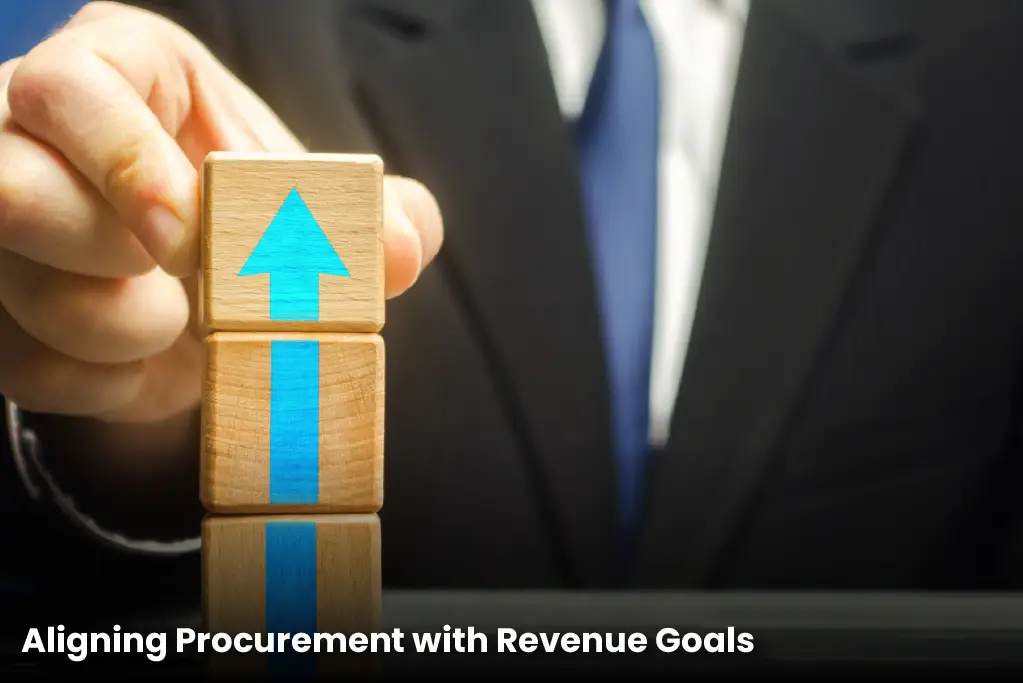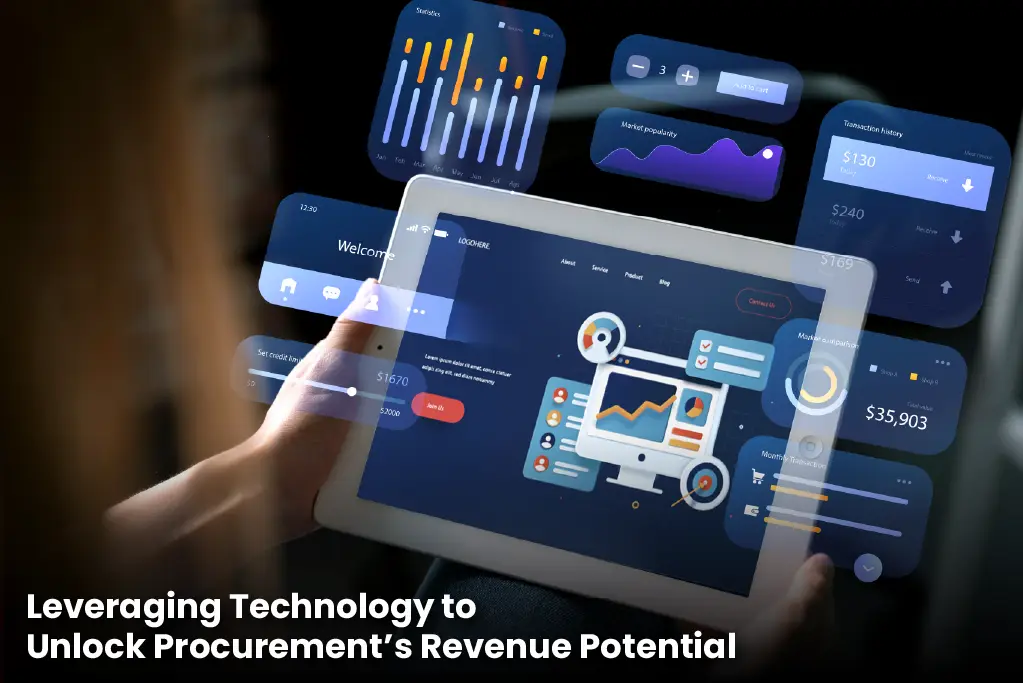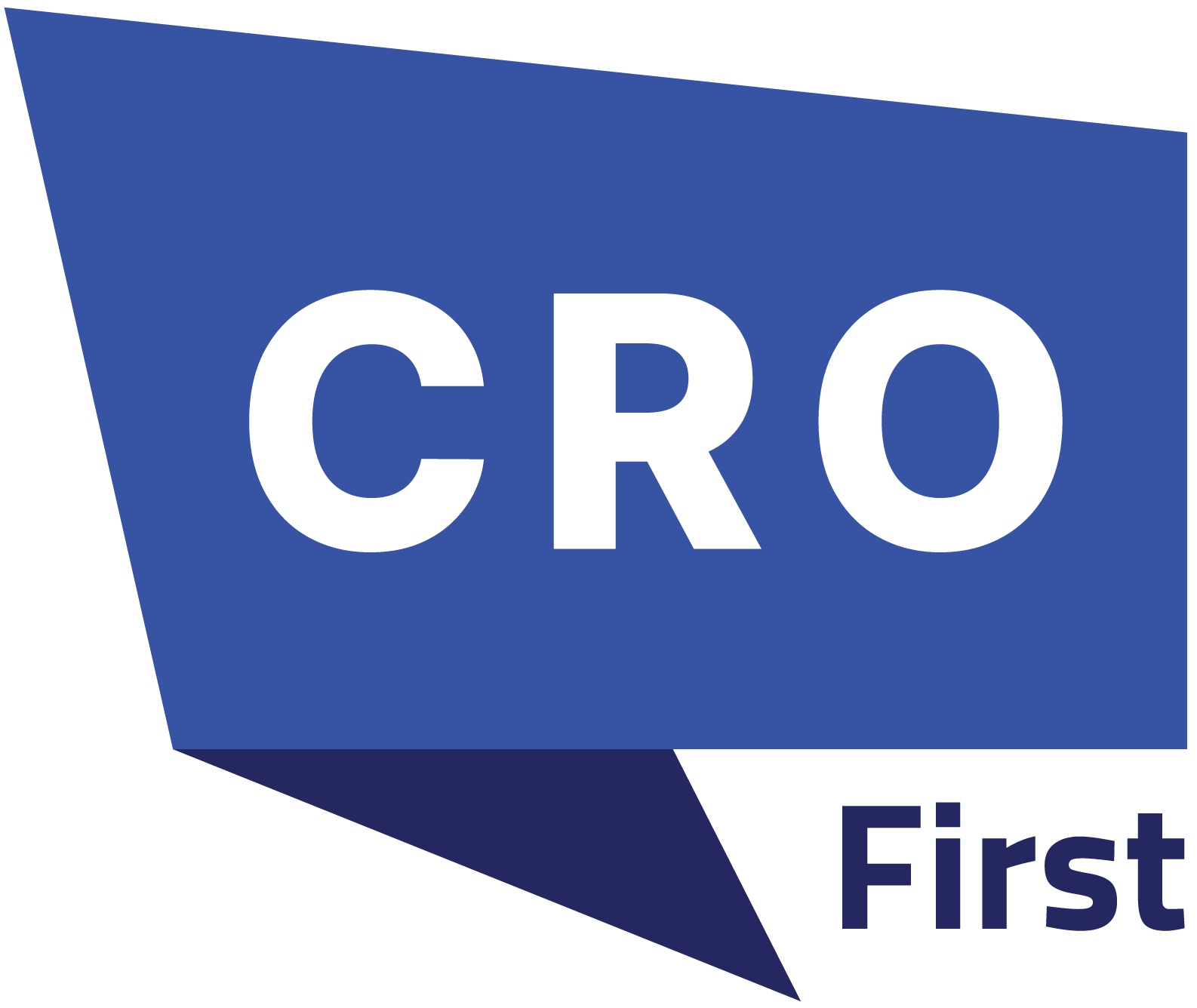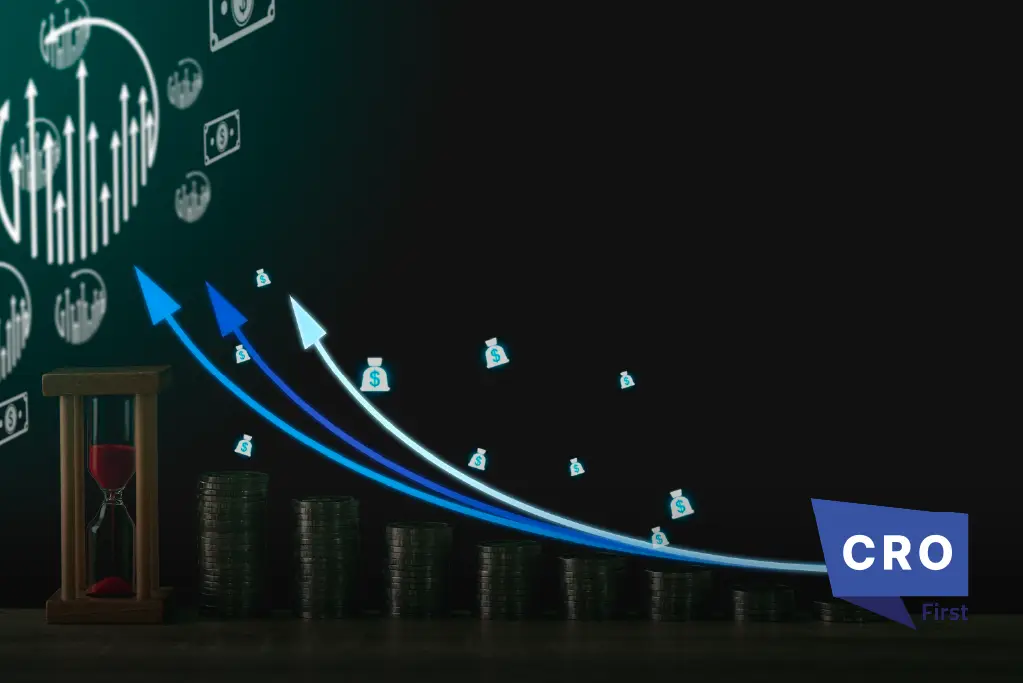For decades, procurement teams sat in the back office. They were seen as tactical players. Their main goal was to cut costs and negotiate contracts with suppliers. In today’s challenging business landscape, savvy companies are redefining procurement. It’s no longer just a cost center; it’s a powerhouse for innovation. Driving growth and boosting revenue, procurement has claimed its dominance. For Chief Revenue Officers and other leaders, this change isn’t just a theory. It is a key strategy.
The Evolution of Procurement
Historically, procurement’s success was measured by its ability to reduce expenses. Teams chased volume discounts, optimized supply chains for efficiency, and prioritized short-term savings. Cost management matters, but leading organizations know procurement can really drive revenue.
Consider the rise of supplier-driven innovation. Apple and Tesla often work with suppliers to create new technologies. Apple will invest more than US$ 500 billion to expand U.S. manufacturing. This includes a new factory in Houston that will be 250,000 square feet. They also plan to boost their Advanced Manufacturing Fund to US$ 10 billion. This initiative seeks to boost production and encourage innovation with suppliers.
Companies such as Apple and Tesla focus on things like advanced semiconductors and battery systems. Involving procurement early in product design helps organizations turn suppliers into innovation partners. This method quickens time-to-market. It also creates unique products that can command higher prices. Procurement isn’t just buying parts; it’s shaping the product roadmap.
Procurement teams are using data analytics. This helps them find revenue opportunities in supply chains. A global car maker discovered that collaborating with suppliers for raw materials led to better deals. This also helped it find new markets for its by-products. Scrap metal became a profitable source of income for aerospace and construction.
Aligning Procurement with Revenue Goals

For CROs, integrating procurement into revenue strategies requires a cultural shift. Procurement needs to shift from reacting to being a proactive partner. It should work with sales, marketing, and R&D. This change begins with redefining KPIs. Metrics should not just focus on cost savings. They should also include supplier innovations, faster time-to-market, and revenue from procurement-led initiatives.
Consider a multinational consumer goods company. It struggled with slow growth in a crowded market. The company embedded procurement specialists in product development teams. This helped them find alternative materials. These materials cut production costs and boosted product durability. This improvement allowed for a price increase. Procurement helped protect margins and also increased revenue. It did this by attracting premium-tier customers.
Pharmaceutical procurement teams are now more involved in finding resources for clinical trials. CROs help companies lower trial costs and speed up approvals. Faster time-to-market means longer exclusivity for blockbuster drugs. This leads to billions in extra revenue.
Also Read: The Rise of AI in Enterprise Risk Management – Opportunities and Pitfalls
Leveraging Technology to Unlock Procurement’s Revenue Potential

Advanced technologies like artificial intelligence (AI) and blockchain are amplifying procurement’s impact. AI-powered spend analytics platforms can now predict market trends. They find unused supplier strengths and offer ideas to benefit from extra inventory. Blockchain allows clear, real-time teamwork with suppliers. This cuts friction and builds trust, which is key for joint innovation.
A top electronics retailer used machine learning to study years of procurement data. The insights showed seasonal demand patterns for components. This helped the company adjust inventory levels easily. Procurement helped boost annual revenue by preventing stockouts during busy sales times. They also sold excess stock in secondary markets.
Similarly, blockchain is transforming procurement in the food and beverage sector. A coffee company used a blockchain system for traceability. Now, customers can scan packages to see the beans’ journey from farm to shelf. This transparency justified higher prices and created partnerships with eco-friendly retailers. This, in turn, boosted brand equity and market share.
Risk Mitigation as a Revenue Enabler
Procurement’s role in risk management is often framed as a defensive strategy. Mitigating supply chain disruptions directly protects and boosts revenue. Consider the semiconductor shortage that crippled industries during the pandemic. The chip shortage of two years resulted in revenue misses of more than US$ 500 billion worldwide between the semiconductor and its customer industries, with lost auto sales of more than US$210 billion in 2021 alone.
Agile procurement teams helped companies in several ways. They diversified suppliers and secured new logistics routes. They also invested in expanding supplier capacity. These actions protected production and helped firms gain market share when competitors struggled.
A good example is a medical device company that faced delays in getting microchips for their diagnostic tools. The company worked with suppliers to redesign parts with available materials. This helped them keep production on schedule. This agility helped it complete contracts faster than its rivals. This led to long-term partnerships with healthcare providers and more steady revenue.
Building a Procurement-Led Growth Culture
To harness procurement’s revenue potential, organizations must foster cross-functional collaboration. Procurement leaders should join C-suite strategy sessions. Their insights can guide product development, market entry, and customer segmentation. Training programs in financial skills, innovation, and stakeholder engagement will turn procurement teams into business partners, not just buyers.
A European aerospace firm exemplifies this approach. The procurement team collaborates with engineers and financiers. They review supplier proposals. They think about costs. They also think about how each partnership can improve product performance or offer aftermarket service options. This broad view has led to special licensing deals and joint ventures. These efforts help diversify the company’s revenue.
The Path Forward for CROs
For Chief Revenue Officers, the message is clear: Procurement is now front and center. It’s a strategic lever for growth, innovation, and competitive advantage. To capitalize on this shift, CROs should:
Include procurement in revenue planning cycles. This keeps it aligned with sales targets and customer needs.
Invest in technologies that enhance visibility into supplier ecosystems and market dynamics.
Reward procurement teams for revenue-generating outcomes, not just cost savings.
Champion collaboration between procurement and customer-facing teams to identify unmet market needs.
Businesses that think this way will create new revenue streams, increase customer loyalty, and outpace their rivals. The question isn’t whether procurement can drive growth; it’s about how quickly leaders can integrate it into their revenue strategy.
Today, efficiency isn’t enough. Procurement must combine cost control with innovation to be essential. CROs who think ahead should start reimagining procurement’s role for future revenue growth; now.

